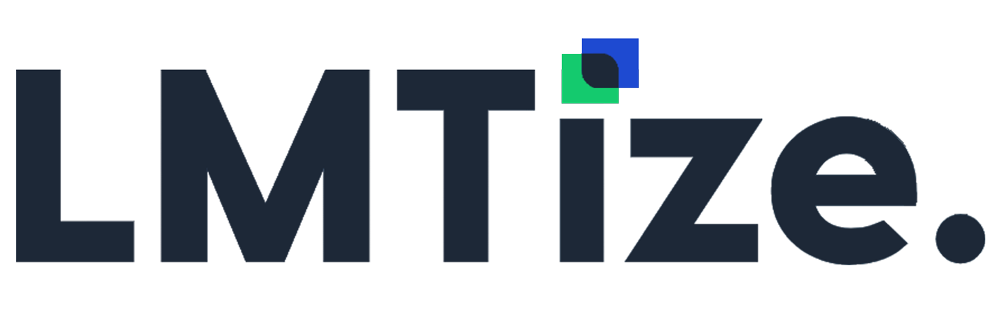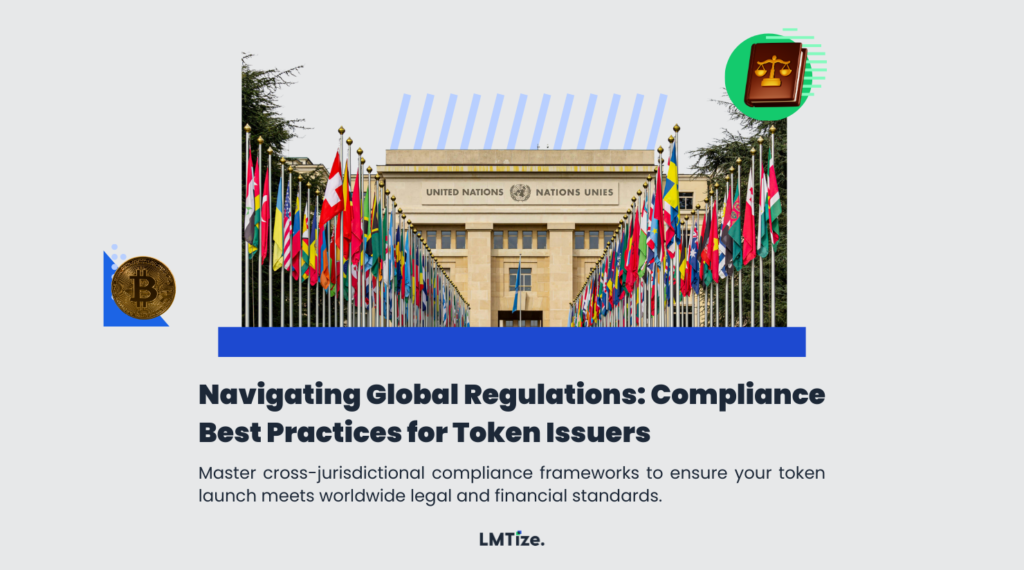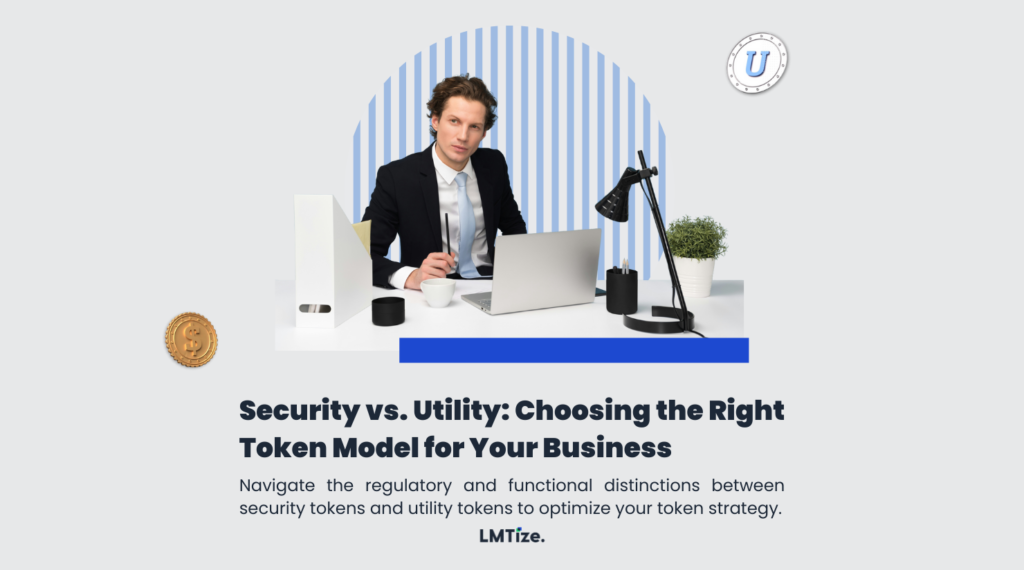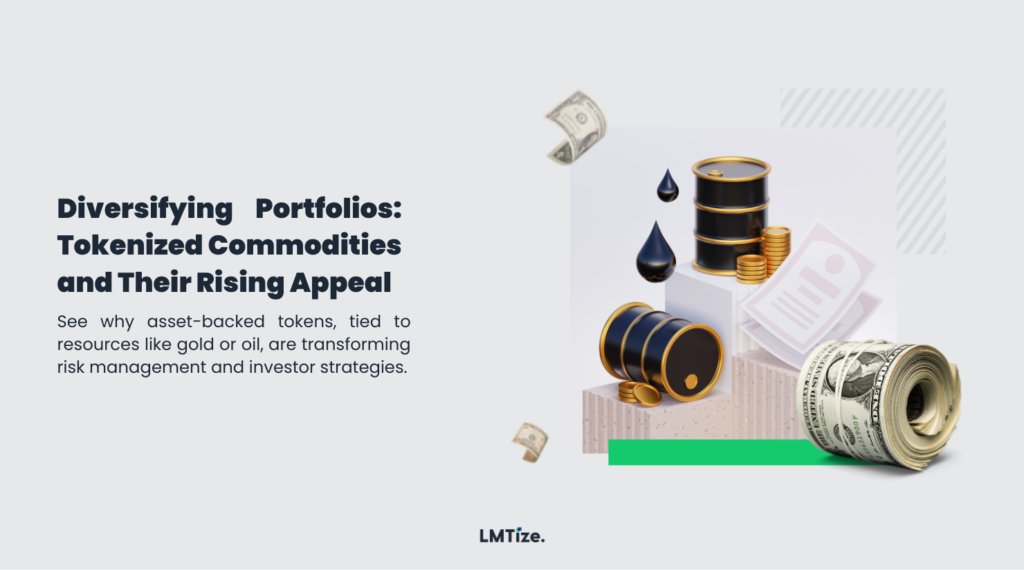Why Institutional Adoption of Tokenized Assets is Accelerating in 2025
Introduction: The Shift Toward Tokenized Assets
Institutional investors, including banks, hedge funds, and asset management firms, have historically been cautious in embracing digital assets. However, 2025 marks a significant turning point, as large-scale institutions increasingly integrate tokenized assets into their portfolios. This shift is driven by technological advancements, regulatory clarity, enhanced liquidity, and demand for alternative investment vehicles.
Tokenization—the process of converting real-world assets into blockchain-based digital tokens—is redefining traditional financial markets by introducing greater efficiency, fractional ownership, and programmability. This article explores the key drivers behind institutional adoption, case studies, regulatory landscape updates, and future outlooks for tokenized investments.
Key Drivers Accelerating Institutional Adoption
1. Institutional-Grade Infrastructure and Custody Solutions
- The rise of regulated custodians, institutional-grade wallets, and compliance-focused blockchain infrastructure has addressed security concerns that previously deterred institutions.
- Firms like Fidelity Digital Assets, Anchorage, and Fireblocks now offer robust storage and security solutions for tokenized investments.
2. Enhanced Liquidity and Market Efficiency
- Tokenization allows 24/7 trading of traditionally illiquid assets, such as real estate, private equity, and fine art.
- Secondary markets for security tokens (e.g., tZERO, Securitize, and INX) provide liquidity options that were previously unavailable in private markets.
- Example: Tokenized real estate markets are expected to surpass $1.5 trillion by 2030, with fractional ownership lowering entry barriers for institutional investors.
3. Regulatory Clarity and Institutional Confidence
- Governments and financial regulators are increasingly recognizing and defining tokenized assets within legal frameworks.
- Europe’s MiCA regulation, the SEC’s evolving stance on security tokens, and Singapore’s progressive digital asset policies are enabling safer institutional participation.
- Example: Switzerland’s SIX Digital Exchange (SDX) and Germany’s Deutsche Börse Digital Exchange are now fully regulated platforms facilitating tokenized securities trading.
4. Diversification and Risk Management Strategies
- Institutional portfolios are leveraging tokenized assets to hedge against inflation, reduce counterparty risk, and access non-correlated asset classes.
- Tokenized commodities, carbon credits, and ESG-friendly digital assets are attracting ESG-focused institutional capital.
5. Smart Contracts and Automation
- Smart contracts eliminate intermediaries, reducing settlement times from T+2 to near-instant transaction finalization.
- Example: JPMorgan’s Onyx platform utilizes blockchain-based settlement solutions, improving capital efficiency in institutional finance.
Case Studies: Institutional Moves into Tokenized Assets
Case Study 1: BlackRock and Tokenized Securities
- BlackRock, the world’s largest asset manager, is exploring tokenized ETFs and blockchain-based securities.
- Impact: Demonstrates how traditional investment firms are restructuring products for enhanced efficiency.
Case Study 2: Goldman Sachs Digital Asset Platform
- Goldman Sachs launched GS DAP, a blockchain-based platform for issuing and managing tokenized assets.
- Impact: Shows how investment banks are developing in-house solutions for tokenized financial instruments.
Case Study 3: Singapore’s Monetary Authority (MAS) and Project Guardian
- MAS collaborated with JPMorgan, DBS Bank, and Marketnode to tokenize bonds and funds for institutional trading.
- Impact: Illustrates how central banks and financial institutions are experimenting with blockchain-enabled finance.
Regulatory Landscape: Global Developments in 2025
1. Europe: MiCA Implementation
- The Markets in Crypto-Assets (MiCA) framework is introducing uniform regulations across the European Union, ensuring a secure, compliant tokenization market.
2. United States: SEC and Tokenized Securities
- The SEC is clarifying its stance on security tokens, enabling Reg A+ and Reg D-compliant tokenized asset offerings.
3. Asia: Singapore and Hong Kong Leading Digital Asset Innovation
- Singapore and Hong Kong have created sandbox environments allowing financial institutions to experiment with tokenized bond issuance and digital investment products.
LMTize: Your Partner in Institutional Tokenization
LMTize is a leading asset tokenization agency that provides end-to-end blockchain solutions for institutions looking to enter the tokenized asset market. Our expertise in smart contract development, regulatory compliance, and asset tokenization ensures institutions can seamlessly adopt digital assets into their portfolios. Whether it’s tokenizing real estate, equity, bonds, or alternative assets, LMTize enables secure, scalable, and compliant solutions for institutional investors.
Frequently Asked Questions (FAQs)
What are tokenized assets?
- Tokenized assets are real-world assets (e.g., stocks, real estate, commodities) represented as digital tokens on a blockchain.
Why are institutions adopting tokenized assets?
- Tokenization enhances liquidity, lowers costs, and improves transparency, making institutional portfolios more efficient.
What regulations apply to tokenized assets?
- Jurisdictions such as the EU (MiCA), US (SEC), and Singapore (MAS) are shaping regulatory clarity for tokenized investments.
What role does blockchain play in tokenization?
- Blockchain ensures secure, immutable, and transparent transactions, removing intermediaries and enabling automation.
How can institutions trade tokenized assets?
- Through regulated digital exchanges like tZERO, Securitize, and Deutsche Börse Digital Exchange.
What asset classes can be tokenized?
- Real estate, private equity, bonds, commodities, venture capital, and intellectual property.
Are tokenized assets secure?
- Yes, with institutional-grade custody solutions (e.g., Fidelity Digital Assets, Anchorage) and smart contract audits.
How does LMTize help with institutional tokenization?
- LMTize provides custom blockchain infrastructure, regulatory guidance, and smart contract solutions tailored for institutional needs.
What are the benefits of tokenizing real estate?
- Fractional ownership, liquidity, and global investor participation, transforming traditional real estate markets.
Where can I learn more about institutional tokenization?
- Follow industry leaders like LMTize, BlackRock, Goldman Sachs, and regulatory bodies shaping digital asset policies.
Conclusion: The Future of Institutional Tokenization
The institutional shift toward tokenized assets in 2025 represents a fundamental restructuring of traditional finance. Enhanced liquidity, security, and regulatory clarity are fueling adoption across hedge funds, banks, and asset managers. As blockchain technology matures, LMTize is at the forefront, helping institutions navigate and capitalize on the next frontier of digital investments.
Institutional tokenization is no longer a futuristic concept—it’s the new standard for asset management, liquidity optimization, and financial innovation.




